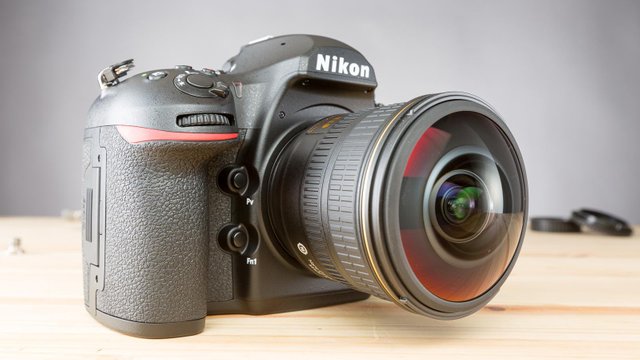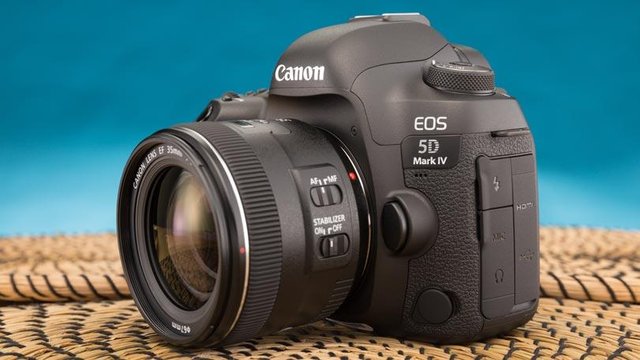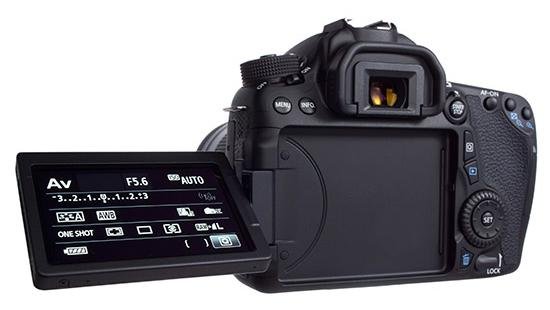The Best Cameras of DSLR (2018)
Embarrassing smartphone
If you are feeling limited by your point-and-shoot, there are several reasons to consider an interchangeable lens camera, whether it is a traditional DSLR or a more modern mirror camera. These advanced shooters include versatility of large image sensors, improved optics, strong manual control, fast performance, and convertible lenses.
All this functionality does not come cheap, however, and the cost of a DSLR can increase, especially when you start factoring in the lens. You also have to remember that you are buying in a camera system. If your first DSLR canon is, then it is likely that your next will be for the fact that you will be able to use existing lenses and accessories. While shopping for Digital SLR, as well as the most important aspects to consider for testing the highest rated models are given below.
 )
)
Entry Level DSLR Vs. Mirrorless Camera
Before starting a shopping for SLR, you should see the options. This is especially true if you are looking at an entry-level model, because you will be able to get more camera for your money by selecting a mirrorless system. You will not have an eye-level viewfinder with the most compact, original mirrorless models, but they are usually compatible with pricing on entry-level SLR, they usually provide an electronic viewfinder.
Our favorite entry level shooter, Sony Alpha 6000, has an autofocus system that runs circles around a comparatively valuable SLR and 11.1 FPS explosion rate, and many mirror models are available for less than $ 1,000 with 4K video-you have 4K In a SLR for less than $ 2,000 will not get
 )
)
But there are many reasons to choose SLR. If your vision is not correct, then an optical viewfinder may prove to be a better match than an electronic, you may just like your familiar experience, or you may already have access to the corresponding lens. Moving forward from the entry level, SLRs catch up to the mirror in capacity, and generally provide a large library of lenses and accessories to choose from-although it is mainly provided by Canon and Nikon The exotic, very expensive lens that comes in wide selection comes in the game
For more, the Best Mirrorless Camera.
Understanding sensor size
Most consumers use DSLR image sensors, while point-and-shoot is much larger than the ones found in cameras, 35mm is somewhat smaller than film frames. While talking about the camera scene it may be a little confusing, because the focal length for compact is often expressed in terms of 35mm equivalence. The standard APS-C sensor is a "crop factor" of 1.5x. This means that the 18-55 mm kit lens bundled with most DSLR covers the view of the area of 35 mm with an area of 27-82.5 mm. If you are upgrading from point-and-shoot, which has 3x zoom lenses that start at around 28 mm, then the DSLR kit lens will distribute the view of almost the same area.
See how we test digital cameras
 )
)
There are many built-in advantages for a large sensor. This allows you to better control the depth of the field in images, which makes it possible to separate your subject and create a blurred background. This mist is often referred to by the Japanese word Bokey. A lot has been written about the quality of the box made by various lenses, but the general rule of thumb is that the more light a lens can take, its aperture is numerically measured, or the F-number May have a bad background. A lens with the maximum aperture of F / 1.4 gives eight times more light as one of F / 4, and can make depth from the depth of the field at equal focal length and shooting distance.
Another reason to go for a larger sensor is to reduce image noise. A 24 MP DSLR contains a lot more pixels than the point-and-shoot of the same resolution. These allow large pixel sensors to be set to high sensitivity, which is numerically measured as ISO, without image noise. One benefit of large surface area is that changes in color or glow are more gradual than point-and-shoot. This allows more natural looking images to understand more deeply.
Some DSLR feature sensors are equal to the size of 35mm film. These full-frame cameras are generally more expensive than their APS-C counterparts. If you look up to a full frame in the future, be careful to buy the lens. Some APS-C sensors are designed to be used with. Canon refers to its APS-C lens line as EF-S, whereas the lens covering the full frame is EF. Nikon takes a similar approach, calls the APS-C lens DX and full-frame lens FX. Sony adds DT designation to its APS-C-only lens, and Pentax nominates its APS-C lens as DA.
Choose a camera that looks right
Choosing a camera that feels comfortable in your hands is very important. While most DSLRs are similar in size and construction, the style of handgrip, the state of control and other ergonomic features can be quite different. The camera you choose
Congratulations @rana1234! You have completed the following achievement on Steemit and have been rewarded with new badge(s) :
Click on the badge to view your Board of Honor.
If you no longer want to receive notifications, reply to this comment with the word
STOP